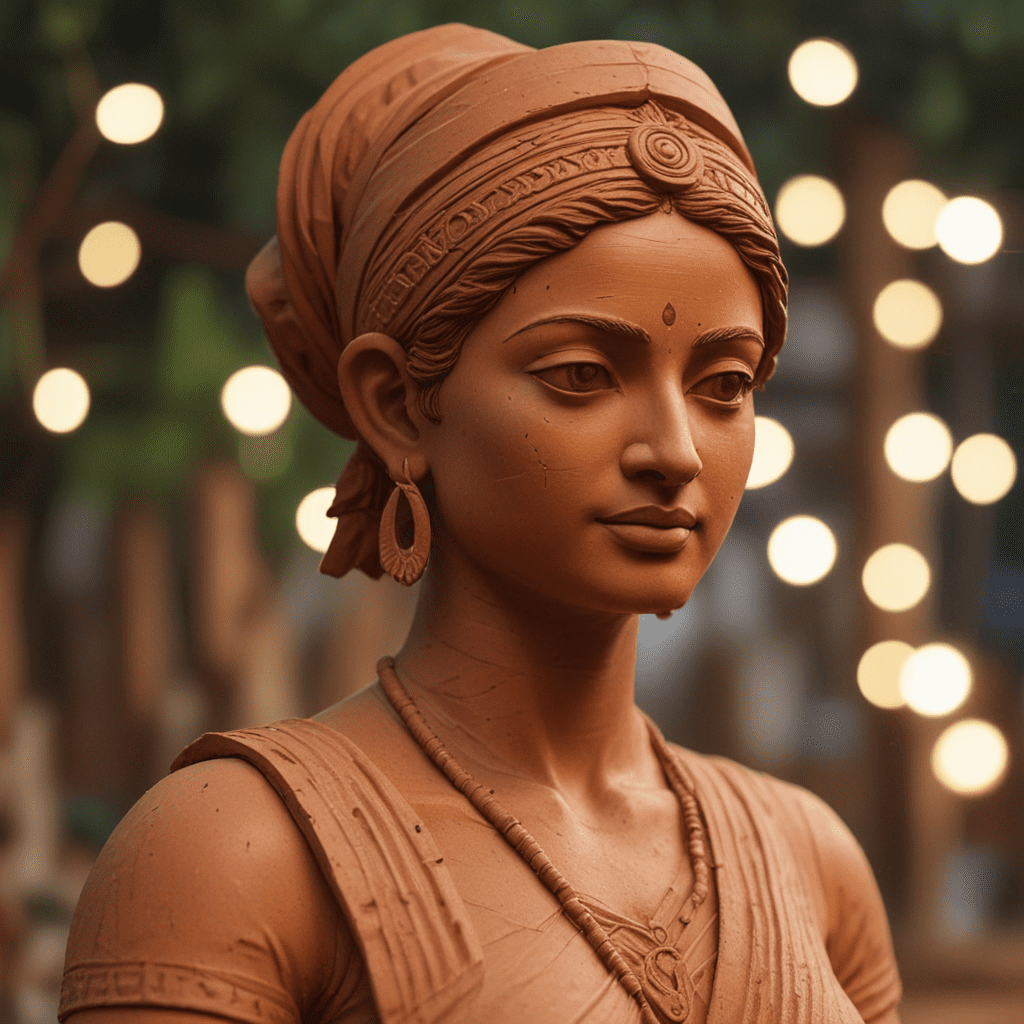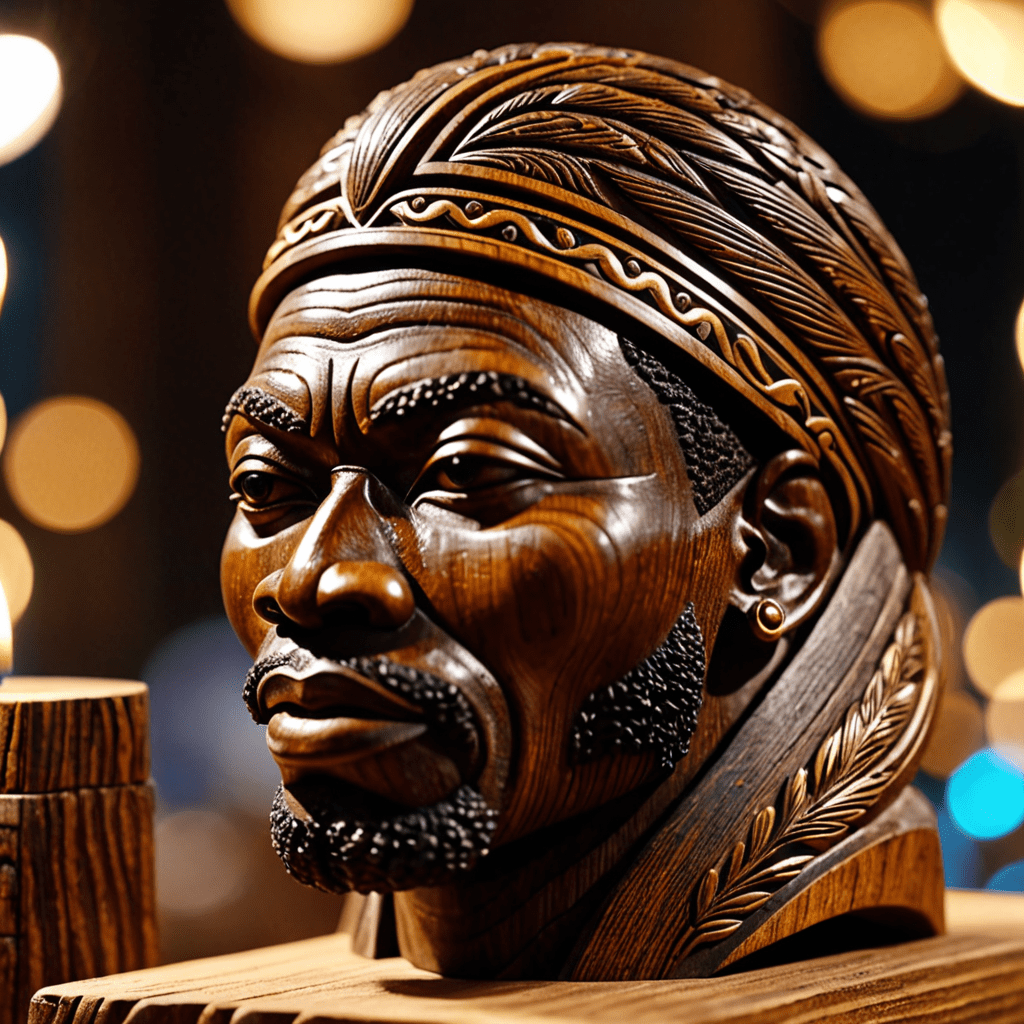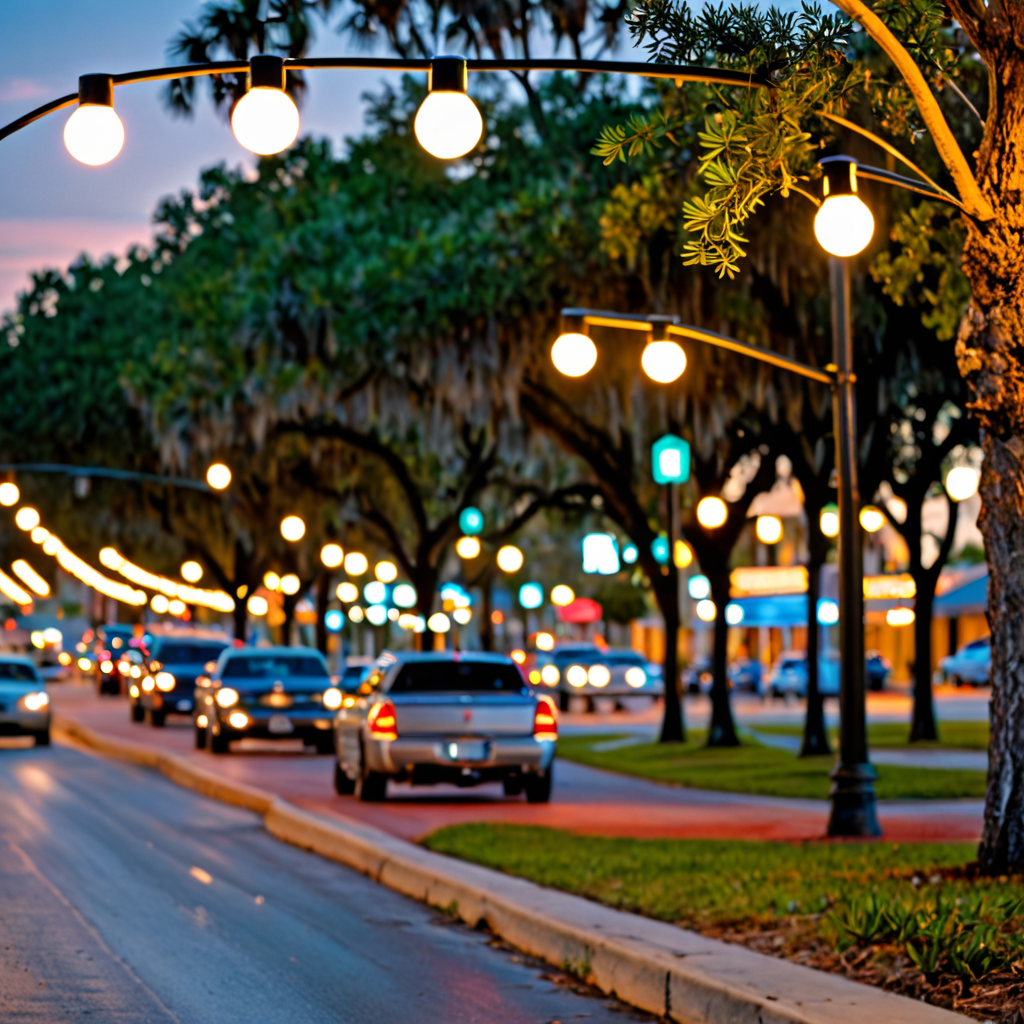
Introduction to Terracotta Sculpture in Bangladesh
Terracotta, meaning "baked earth" in Italian, is a versatile and enduring art form that has flourished in Bangladesh for centuries. As one of the earliest mediums of artistic expression, terracotta has played a significant role in shaping Bangladesh's cultural landscape. The country is renowned for its intricate and expressive terracotta sculptures, which adorn temples, mosques, palaces, and other architectural marvels.
Historical Roots and Cultural Influences
The origins of terracotta sculpture in Bangladesh can be traced back to the ancient civilization of Mohenjo-daro and Harappa. The art flourished during the Gupta period (320-550 CE) and continued to be popular during the Pala (750-1174 CE) and Sena (1095-1225 CE) dynasties. Terracotta sculptures from this period often depict Hindu and Buddhist deities, as well as scenes from everyday life.
Materials and Techniques Used
Terracotta sculptures in Bangladesh are typically made from a mixture of clay, sand, and water. The clay is first soaked and then mixed with sand to create a pliable material. The mixture is then molded into various shapes using techniques such as hand-building, wheel-throwing, and mold-making. Once the sculptures are shaped, they are dried and fired in kilns at high temperatures, giving them their characteristic reddish-brown color and durability.
Common Motifs and Symbolism
Bangladeshi terracotta sculptures are known for their intricate and symbolic motifs. Common motifs include floral designs, geometric patterns, and depictions of animals and deities. Flowers and vines symbolize fertility and prosperity, while animals represent strength, courage, and wisdom. Deities such as Vishnu, Shiva, and Durga are often featured in terracotta sculptures, representing the country's rich religious heritage.
Architectural Applications
Terracotta sculpture has played a crucial role in Bangladeshi architecture, adding aesthetic and functional value to various structures. From the intricate embellishments of the Dhakeshwari Temple to the grand arches of the Ahsan Manzil Palace, terracotta sculptures have transformed architectural masterpieces into works of art.
Contemporary Interpretations
While traditional terracotta sculpture techniques continue to be employed, contemporary artists are pushing the boundaries of the medium. They are experimenting with new forms, colors, and textures, creating innovative works that challenge conventions and explore modern themes.
Preservation and Conservation
Preserving and conserving terracotta sculptures is essential for safeguarding Bangladesh's cultural heritage. Efforts are being made to document and restore existing sculptures, while also raising awareness about their significance and vulnerability.
Economic and Social Significance
Terracotta sculpture is not only an artistic endeavor but also an important economic activity in Bangladesh. Skilled artisans create and sell terracotta products, contributing to local economies and supporting their families. Moreover, the cultural and historical value of these sculptures fosters a sense of community and national pride.
Terracotta Sculpture in Museums and Galleries
Numerous museums and galleries in Bangladesh showcase terracotta sculptures, providing a platform for appreciation and preservation. Visitors can explore the rich history, diverse styles, and contemporary interpretations of this enduring art form.
Conclusion: The Enduring Legacy of Terracotta Art
Terracotta sculpture in Bangladesh has stood the test of time, embodying the country's cultural heritage and artistic prowess. From ancient temples to modern galleries, terracotta sculptures continue to inspire awe and admiration. As efforts to preserve and promote this art form continue, the legacy of terracotta sculpture in Bangladesh is poised to endure for generations to come.
FAQs
What are some famous examples of terracotta sculptures in Bangladesh?
- The terracotta plaques of Dhakeshwari Temple
- The terracotta arches of Ahsan Manzil Palace
- The terracotta figurines of Mohenjo-daro
How is terracotta sculpture made?
Terracotta sculptures are made from a mixture of clay, sand, and water, which is molded and fired at high temperatures.
What are the common motifs found in Bangladeshi terracotta sculptures?
- Floral designs
- Geometric patterns
- Depictions of animals and deities

